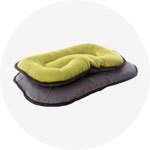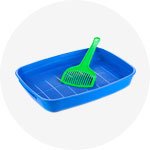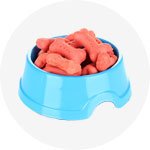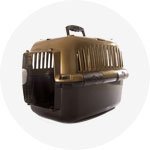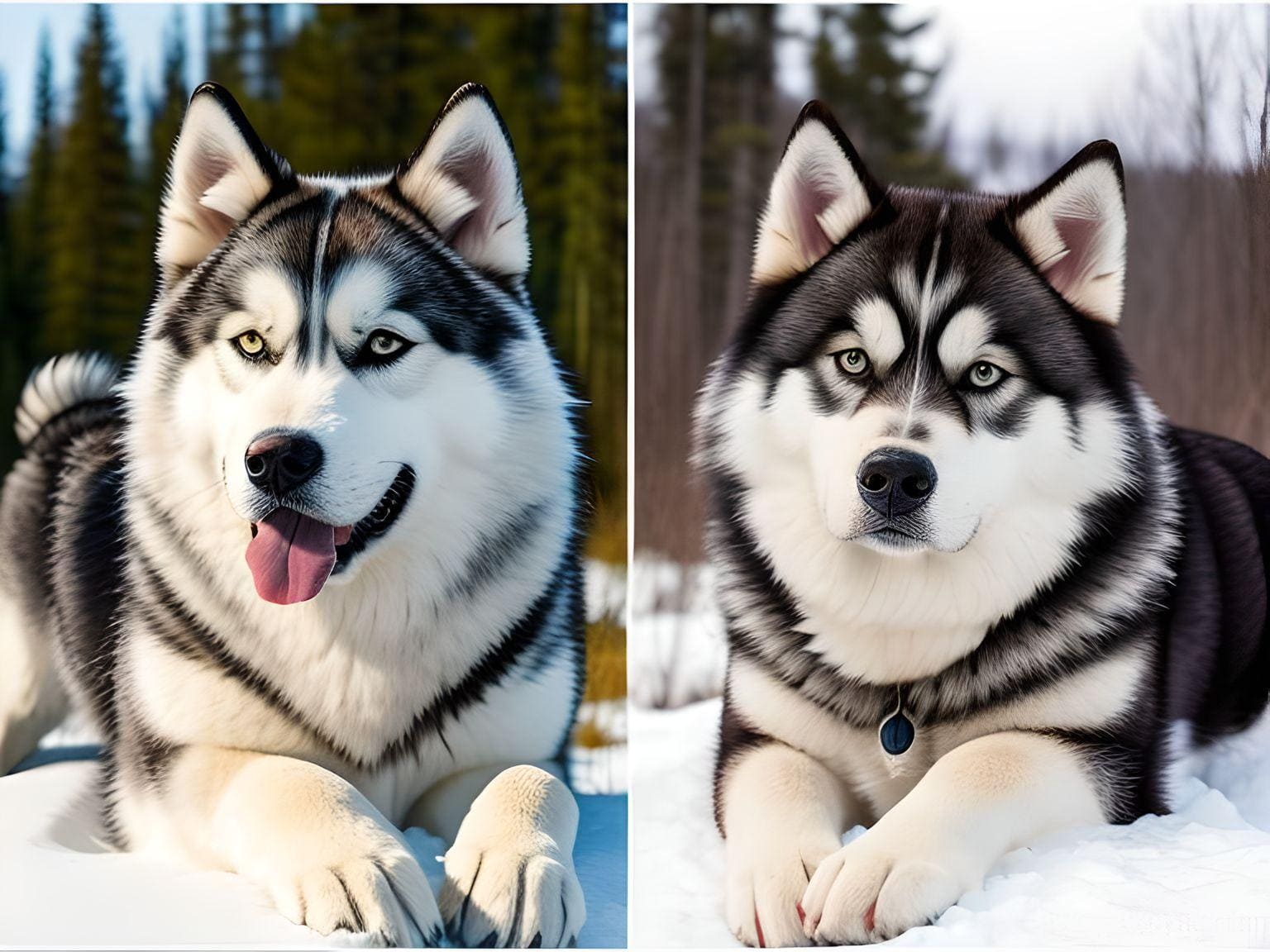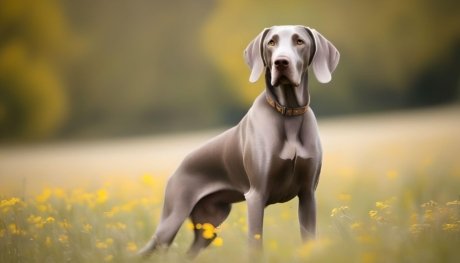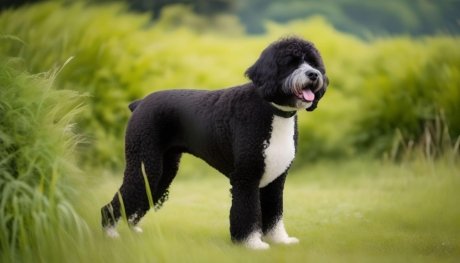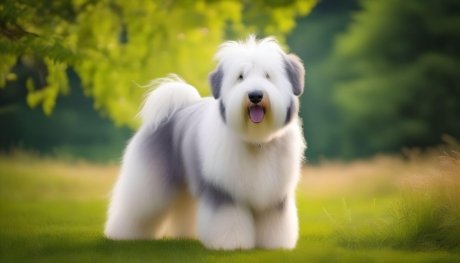Alaskan Malamute vs Husky | 8 Differences, Similarities, Prices, Care
Are you thinking about adding a furry companion to your family? With so many dog breeds to choose from, it can be overwhelming to decide which one is the perfect fit for your lifestyle. Two popular breeds that often capture the attention of dog lovers are the Malamute and the Husky. Both breeds are known for their striking appearance and remarkable working abilities. In this comprehensive guide, we will delve into the captivating world of Malamutes and Huskies, exploring their distinctive traits, temperament, and requirements. By the end, you will have the knowledge you need to make an informed decision and find your ideal four-legged friend.
Alaskan Malamute vs Husky:
Here is the comparison and the key differences between Alaskan Malamutes and Huskies:
| Aspect | Alaskan Malamute | Husky |
|---|---|---|
| Origin | Alaska | Siberia |
| Size | Large | Medium to large |
| Physical Appearance | Strong, heavy build | Sleek, athletic |
| Coat Type | Thick double coat | Thick double coat |
| Coat Colors | Various colors including gray, black, and white | Wide range of colors including black and white |
| Temperament | Independent, affectionate, loyal | Friendly, outgoing, mischievous |
| Trainability | Moderately trainable | Moderately trainable |
| Exercise Needs | High | High |
| Grooming Needs | Regular brushing and seasonal shedding | Regular brushing and seasonal shedding |
| Living Conditions | Needs space and regular exercise | Needs space and regular exercise |
| Family Compatibility | Good with proper socialization and training | Good with proper socialization and training |
| Compatibility with Pets | Can be territorial with other animals | Can be friendly with other animals |
| Energy Level | High | High |
I. Origins and History:
To truly understand the essence of the Malamute and the Husky, it’s important to explore their historical backgrounds and origins. The Malamute breed has a long and fascinating history, deeply rooted in its role as a sled-pulling dog in harsh Arctic conditions. Originating from Alaska, Malamutes have been trusted companions of the indigenous Inuit people for centuries.

On the other hand, Huskies trace their origins to the Chukchi people of northeastern Siberia. These people relied on Huskies for transportation and companionship in the unforgiving Arctic environment. The geographical and cultural factors of these regions greatly influenced the development and characteristics of both breeds.
II. Physical Characteristics:
The physical characteristics of Malamutes and Huskies mesmerise. Both breeds have distinguishing characteristics that set them apart from the rest. Malamutes are bigger and more robust than Husky breeds. They have a strong structure and a well-muscled body, which reflects their background as sled dogs. Huskies, on the other hand, are slightly smaller and leaner, and are built for speed and agility.

Both breeds have thick double coats that act as insulation in cold times. The Malamute’s coat is strong and slippery, giving great protection against high temperatures. They appear in a variety of colours, including grey, black, and sable, and are frequently accompanied by prominent facial markings. Similarly, Huskies have a thick double coat that is noted for its flexibility to shifting seasons. Huskies may have a broad range of coat colours and patterns, including the iconic blue eyes.
III. Temperament and Personality:
While both Malamutes and Huskies share some characteristics, their temperaments and dispositions are very different. Malamutes are recognised for their gentle and kind demeanour. They are dedicated to their families and make ideal family pets. Malamutes thrive on human company and are considered to be loving with youngsters.
Huskies, on the other hand, are active and independent. They have a mischievous side and are well-known for their escapist tendencies. Huskies are extremely gregarious and get along well with other dogs, making them an excellent choice for homes with numerous pets. Their bold personality makes them more likely to approach others in a nice manner.

Both breeds require early socialization and consistent training. Malamutes can be independent thinkers and may exhibit stubbornness at times. Patience, firm yet gentle handling, and positive reinforcement techniques work best when training a Malamute. Huskies are intelligent dogs, but they can also be stubborn. Engaging and varied training methods, along with positive reinforcement, are essential for a well-behaved Husky.
IV. Exercise and Activity Needs:
If you’re considering a Malamute or a Husky, it’s important to understand their exercise requirements. Both breeds have high energy levels and need plenty of physical activity to keep them happy and healthy. Neglecting their exerciseneeds can lead to behavioral issues and health problems.
Malamutes need at least 60-90 minutes of activity every day, which includes walks, hikes, and fun. They also like sports like carting, camping, and sledding. Malamutes have a strong urge to work and require outlets for their physical and mental energies because they were bred to pull big difficulties.

Huskies are significantly more active and need at least 90-120 minutes of activity every day. They adore running, hiking, and playing fetch, and they excel at agility and flyball. Huskies are extremely bright animals who require mental engagement to avoid boredom and destructive behaviours.
V. Living Arrangements:
Both Malamutes and Huskies are adaptive to many living situations, but there are certain things to consider. Malamutes thrive in homes with a fenced yard and plenty of outdoor space because to their greater size and activity requirements. They are not suitable for apartment living since they require space to run and play.
Huskies can adapt to apartment living, but they still require daily exercise and mental stimulation. They also have a strong desire to roam and may try to escape if left unsupervised. Therefore, it’s important to keep Huskies on a leash or in a securely fenced area when outside.
VI. Health Concerns:
Malamutes and Huskies are both prone to certain health issues, such as hip dysplasia, progressive retinal atrophy (PRA), and hypothyroidism. These inherited disorders might cause discomfort and shorten their lives.
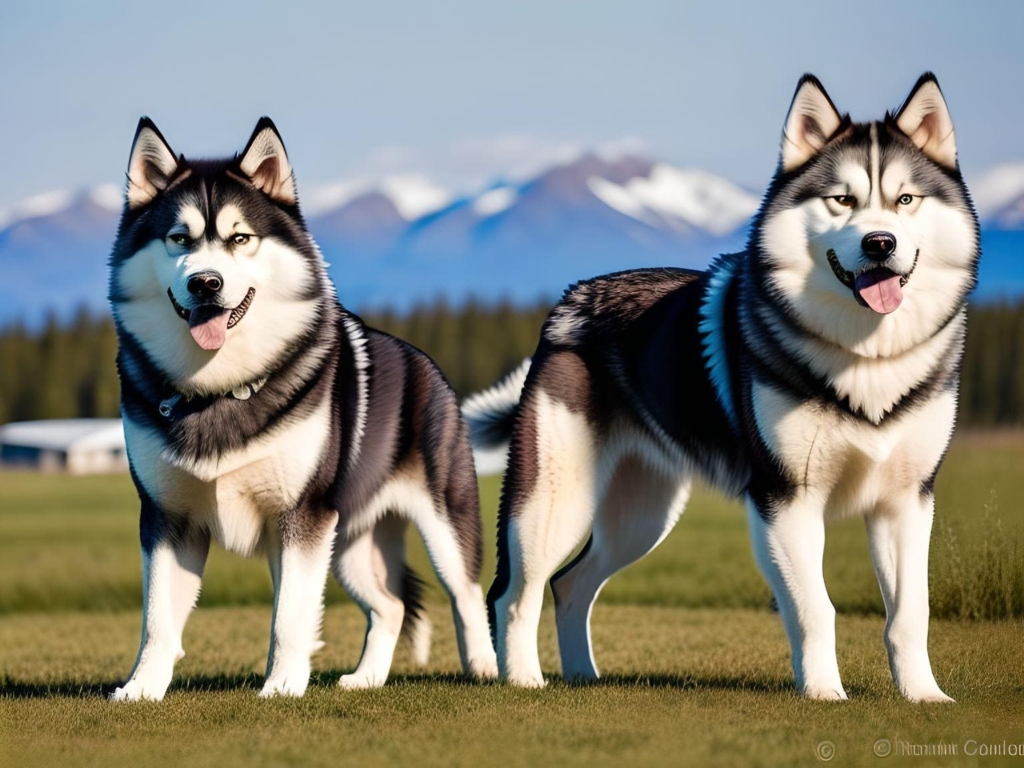
It’s essential to choose a reputable breeder who performs health clearances on their breeding dogs to reduce the risk of passing on genetic health conditions. Regular veterinary check-ups and preventive care, such as vaccinations and parasite control, are also crucial for maintaining the overall health and well-being of both breeds.
VII. Choosing the Right Breed for You:
When choosing between a Malamute and a Husky, it’s essential to consider your lifestyle and resources. Both breeds require dedicated owners who are willing to meet their specific needs for exercise, socialization, and training. A checklist of questions can help you assess your compatibility with either breed, such as:
- Do you have a fenced yard or access to outdoor space?
- Do you have the time and energy to provide daily exercise and mental stimulation?
- Are you prepared to deal with shedding and grooming needs?
- Are you willing to invest in training and socialization to prevent behavior problems?
Conclusion on Malamute vs Husky:
In conclusion, Malamutes and Huskies are two incredible breeds with unique traits and characteristics. Understanding their differences and similarities can help you make an informed decision and find the perfect furry companion for your family. Remember to choose a reputable breeder and provide your new pet with proper care, exercise, and socialization. By doing so, you can enjoy the loyal companionship and joy that these remarkable breeds bring into your life.
Frequently Asked Questions on Malamute vs Husky:
-
Are Malamutes and Huskies good family pets?
Yes, both Malamutes and Huskies can make excellent family pets. They are known for their friendly and affectionate nature, especially towards children. However, it’s important to provide them with proper socialization and training to ensure they interact well with family members of all ages.
-
Do Malamutes and Huskies get along with other pets?
Generally, both Malamutes and Huskies have a sociable nature and can get along well with other pets, including dogs and cats. However, proper introductions, early socialization, and supervision are key to ensuring harmonious relationships between pets.
-
How much exercise do Malamutes and Huskies require?
Malamutes and Huskies are active breeds that require plenty of exercise to stay healthy and happy. Malamutes need at least 60-90 minutes of exercise per day, while Huskies require a minimum of 90-120 minutes. Daily walks, runs, and playtime are essential to meet their exercise needs.
-
Do Malamutes and Huskies shed a lot?
Yes, both Malamutes and Huskies are heavy shedders, especially during shedding seasons. They have thick double coats designed to protect them from extreme temperatures. Regular brushing and grooming are necessary to manage their shedding and keep their coats healthy.
-
Are Malamutes and Huskies easy to train?
Training Malamutes and Huskies can be challenging due to their independent and sometimes stubborn nature. However, with consistent positive reinforcement training techniques, patience, and early socialization, they can become well-behaved and obedient companions.
-
Can Malamutes and Huskies live in apartments?
While Malamutes are not well-suited for apartment living due to their larger size and exercise needs, Huskies can adapt to apartment living with proper exercise and mental stimulation. However, it’s important to ensure they receive sufficient daily exercise and have access to outdoor spaces for play and bathroom breaks.
-
What are the common health issues in Malamutes and Huskies?
Both Malamutes and Huskies are prone to certain health conditions, including hip dysplasia, progressive retinal atrophy (PRA), and hypothyroidism. Regular veterinary check-ups, a balanced diet, and exercise can help minimize the risk of these conditions.
-
How long do Malamutes and Huskies typically live?
On average, Malamutes have a lifespan of 10-14 years, while Huskies typically live between 12-15 years. Providing proper care, nutrition, and regular veterinary check-ups can help ensure a longer and healthier life for your furry friend.
-
Are Malamutes and Huskies suitable for first-time dog owners?
Due to their independent nature and exercise requirements, Malamutes and Huskies may not be the best choice for first-time dog owners without previous experience with active and energetic breeds. However, with dedication, proper training, and a willingness to meet their needs, first-time owners can successfully care for these breeds.
-
How do I find a reputable breeder for a Malamute or a Husky?
It’s crucial to find a reputable breeder when getting a Malamute or a Husky. Look for breeders who prioritize the health and well-being of their dogs, perform health clearances, and are knowledgeable about the breed. Seek recommendations from local breed clubs or organizations and visit the breeder’s facility to ensure proper breeding practices and care.
Articles Related to Malamute vs Husky:

















